Color sorter
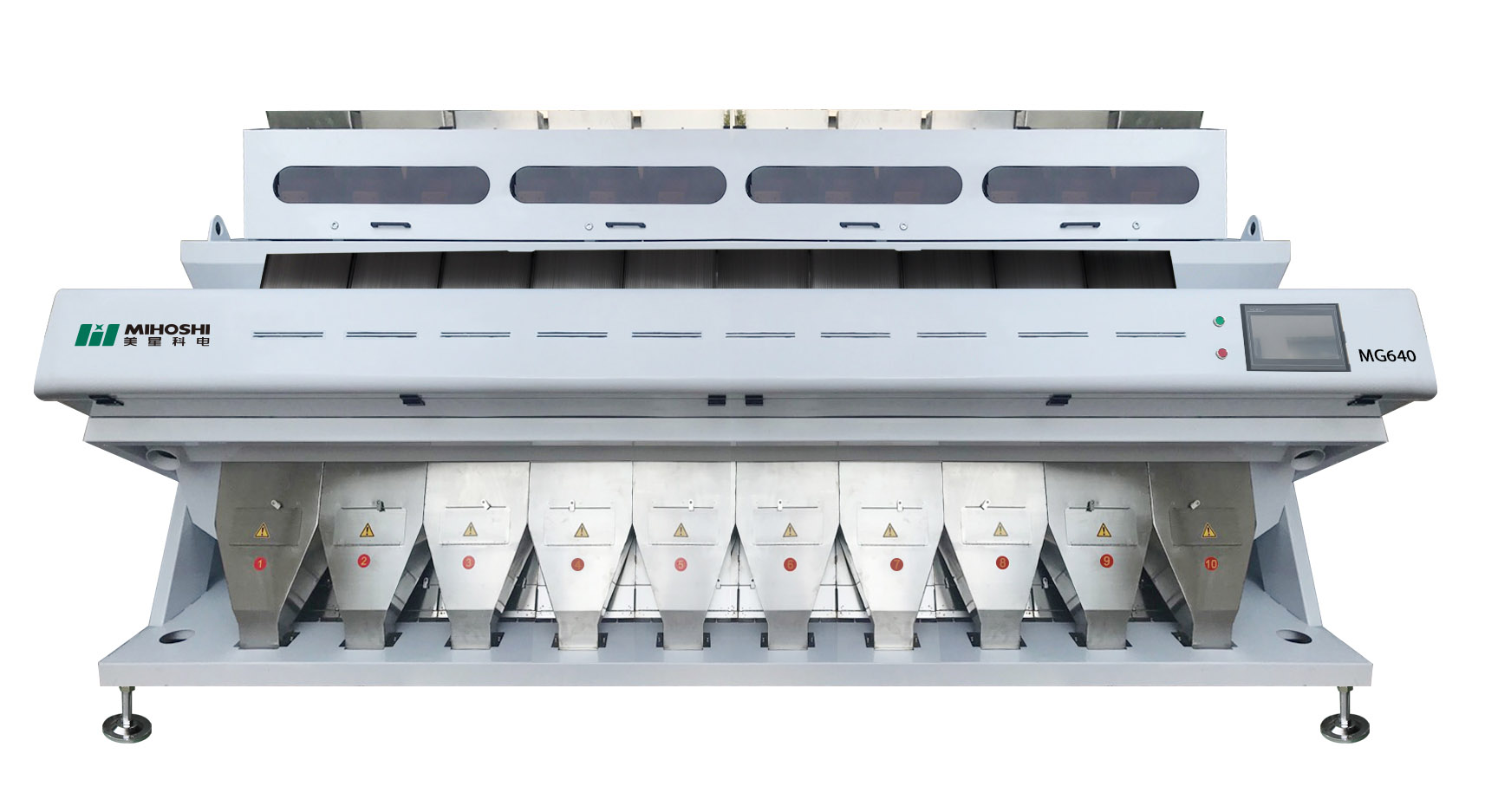

Rice is one of the most important staple foods for people, and for most people, three meals a day revolve around rice. If the quality of rice is not up to standard, it will directly affect people's physical health, increase the demand for rice quality, and promote the continuous improvement of rice technology and equipment.
The rice entering the color sorter must not contain any crushed stones, metal materials, or other substances. This requires the installation of effective magnetic separators, high-efficiency vibrating screens, density grading stone removal machines, and other machines during the initial cleaning stage to remove as much residue as possible, reduce color particles and other components, relieve the pressure on the color sorter, fully utilize the initial cleaning function, and improve the working efficiency of the color sorter.
Rice enters the machine from the top hopper, and through the vibration of the vibrator device, the rice slides down the channel, accelerates its descent into the observation area of the sorting chamber, and passes between the sensor and the background plate. Under the action of the light source, the system generates output signals to drive the solenoid valve to blow out particles of different colors into the waste chamber of the receiving hopper according to the strength and color changes of the light, while the good rice continues to fall into the finished product chamber of the receiving hopper, thus achieving the purpose of selection. The beige color sorting machine can screen out rice grains with different colors, effectively improving rice quality, reducing rice loss, and lowering processing costs.
For consumers, only rice with good quality and no impurities can motivate them to purchase. Undoubtedly, rice production enterprises are facing challenges and need to 100% remove particles and impurities with different colors, such as coal slag, small glass, black rice grains, etc. The Meixing beige color sorter can fully meet these requirements.
In the competitive food industry, maintaining impeccable product quality is non-negotiable. From grains to nuts, even minor defects or impurities can damage brand reputation and consumer trust. This is where advanced color sorting technology steps in. HTsorter a pioneer in optical sorting solutions, leverages cutting-edge innovation to help food producers worldwide achieve unmatched purity and consistency.

Precision Sorting for Flawless Output
Modern food processing demands accuracy at microscopic levels. HTsorter’s best grain color sorter machine combines high-resolution CCD cameras with AI-driven algorithms to detect defects as small as 0.02mm in rice, wheat, and legumes. By eliminating discolored grains, husks, or foreign materials, these systems ensure every batch meets global food safety standards.
For nut processors, our high precision nut color sorter tackles unique challenges like shell fragments, mold spots, or uneven roasting. The machine’s dual-wavelength lasers and adaptive airflow technology achieve 99.95% sorting accuracy, preserving product integrity while reducing waste.

Intelligent Automation for Consistent Results
The intelligent optical sorting machine for nuts exemplifies how smart technology elevates food quality. Unlike traditional methods, our systems:
Analyze color, shape, and texture in real time
Adjust parameters automatically for varying raw material conditions
Generate data reports to optimize processing efficiency
A cashew processor in Vietnam, for example, reduced manual labor costs by 40% and improved export compliance rates by integrating our nut sorters.


Why HTsorter Stands Out
With over 20 years of R&D expertise and collaborations with leading Chinese universities, we engineer solutions that go beyond industry norms:
Customizable Designs: Tailored configurations for grains, nuts, seeds, and specialty crops
Global Compliance: CE and ISO-certified machines trusted in 40+ countries, including the USA, Brazil, and Europe
End-to-End Support: 24/7 multilingual service teams and spare parts logistics hubs in key markets like Pakistan and Nigeria
Our commitment to “excellent quality, reasonable pricing, and exceptional service” has made us a reliable partner for companies like a Bulgarian sunflower seed processor, which boosted annual output by 22% using our sorters.
Beyond Technology – Building Sustainable Food Systems
HTsorter’s mission extends beyond machinery. By minimizing food waste and enhancing product shelf life, our color sorters contribute to sustainable agriculture and economic growth. For instance, a Nigerian sesame exporter achieved a 30% increase in premium-grade yields, directly improving local farmers’ livelihoods.
Ready to transform your food production line? Explore HTsorter’s best grain color sorter machine and intelligent optical sorting machine for nuts, or request a free product sample test to experience our technology firsthand. Contact our team today for a customized solution that aligns with your quality goals.
In industrial production and many other fields, chillers play a crucial role. They can precisely control the temperature and ensure the stable operation of equipment. However, with a wide variety of chiller manufacturers in the market, how can you make the right choice?
1. Product Quality is the Core
A high quality industrial chiller should possess efficient cooling capacity, stable operation performance, and a long service life. This requires manufacturers to select high - quality components during the production process. Key components such as compressors, condensers, and evaporators directly affect the overall performance of the chiller. Checking whether the manufacturer has a complete quality inspection system, with every step from raw material receipt to finished product delivery being strictly controlled, is an important criterion for measuring product quality.
2. Rich Industry Experience is Crucial
A manufacturer with many years of industry experience is often more proficient in handling various complex cooling requirements. Through long - term practice, they have accumulated a large amount of technical data and practical cases, and can provide personalized solutions according to the special requirements of different customers. For example, in different industries such as electronic chip manufacturing, chemical reactions, and medical equipment cooling, they have targeted chiller design and application experience.
3. Strong Technical R & D Strength
With the continuous progress of science and technology, refrigeration technology is also constantly innovating. Manufacturers with a strong R & D team can keep up with industry trends and continuously introduce more energy - efficient, environmentally friendly, and intelligent chiller products. For instance, developing new refrigerant application technologies to improve cooling efficiency while reducing the impact on the environment; or adopting intelligent control systems to achieve functions such as remote monitoring and fault early warning, which is convenient for users to operate and maintain.
4. Complete After - sales Service System
The purchase of a industrial chiller is just the beginning. Subsequent maintenance and technical support are equally important. A responsible manufacturer will provide responsive after - sales service. When the equipment fails, professional technicians can be quickly dispatched for repair, reducing downtime and minimizing the losses of customers. At the same time, regular equipment inspections and maintenance guidance services are also provided to extend the service life of the equipment.
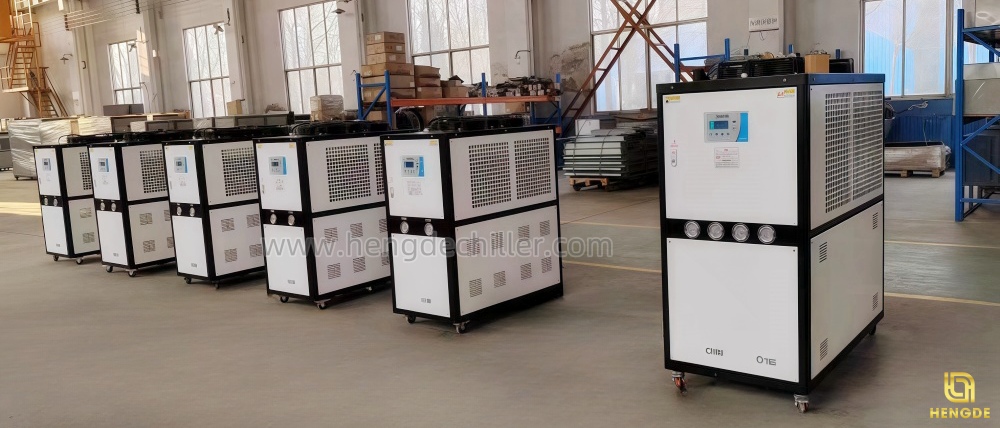
Hengde Company: A Trustworthy Chiller Manufacturer
Among numerous chiller manufacturers, Hengde Company stands out. Hengde Company has many years of experience in chiller R & D, production, and sales, and has established a good reputation in the industry.
1. Superior Product Quality:
Hengde Company strictly controls the production process and selects components from internationally renowned brands to ensure that each chiller can operate stably and efficiently. Its products have passed a number of international quality certifications and perform outstandingly in terms of cooling effect and stability.
2. Rich Industry Application Experience:
Hengde Company's chillers are widely used in multiple industries, such as laser processing, injection molding, and food processing. In response to the special needs of different industries, Hengde Company can provide customized solutions to meet the personalized requirements of customers. Such as die casting chiller, rubber processing chiller, marine chillers and etc.
3. Powerful Technical R & D Team:
Hengde Company attaches great importance to technological innovation and continuously increases R & D investment. It has a R & D team composed of senior refrigeration experts and technicians. They are committed to developing new refrigeration technologies and products to enhance the performance and competitiveness of products.
4. Complete After - sales Service:
Hengde Company has established a national after - sales service network to provide 24 - hour online support for customers. Whether it is equipment installation and debugging, operation training, or fault repair, Hengde Company's after - sales service team can respond quickly and provide customers with comprehensive service guarantees.
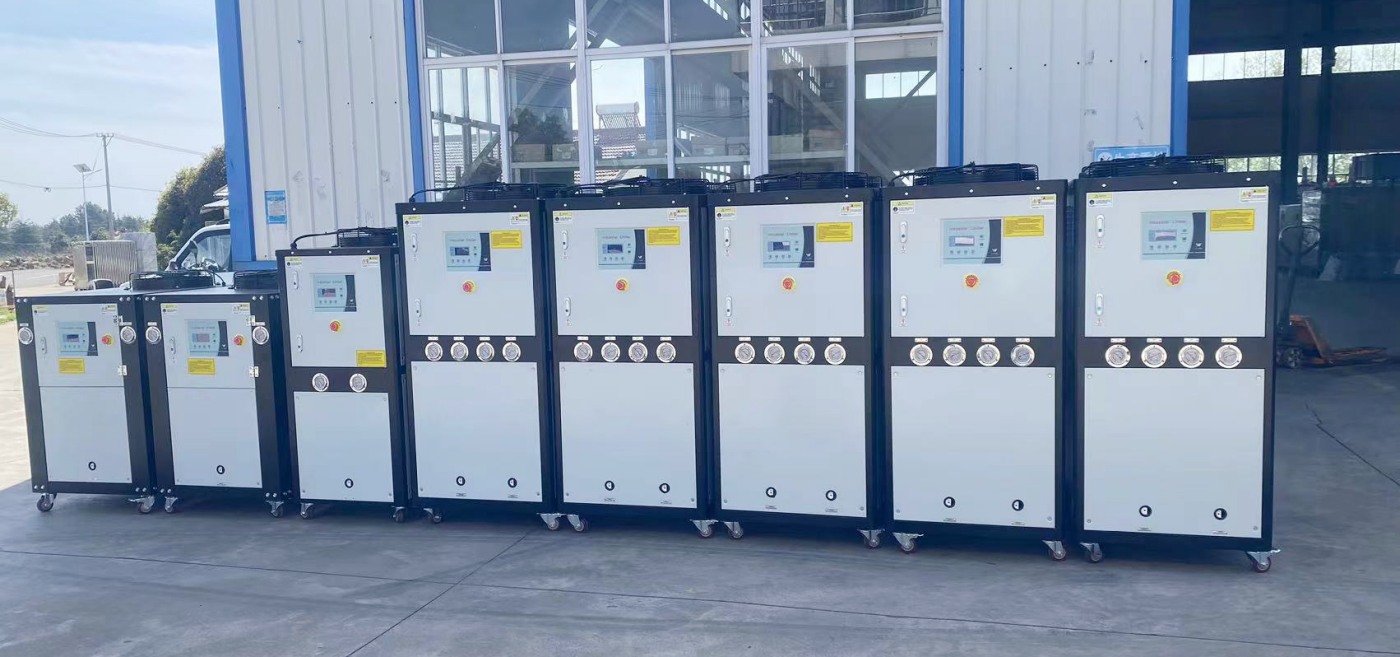
When choosing a chiller manufacturer, comprehensively considering factors such as product quality, industry experience, technical R & D strength, and after - sales service can help you make a wise choice. With its advantages in all aspects, Hengde Company is undoubtedly a reliable partner. If you are troubled by choosing a chiller manufacturer, you may as well learn about Hengde Company. I believe it will bring you a satisfactory answer.
Choose Hengde,Choose Perfect Industrial Chillers!
Artificial or Intelligent? The Intelligent Application of Vision Counting Machines
With the continuous advancement of science and technology, artificial intelligence (AI) has gradually penetrated various industries, bringing unprecedented changes. In industrial automation, especially in the field of counting machines, AI has become a key factor in improving production efficiency, precision, and intelligence. Counting machines are widely used in food, medicine, electronics, and other industries, primarily for quickly and accurately counting and packaging materials. The introduction of AI has opened new directions for the efficient operation and further development of these machines.

Compared with traditional counting machines, The One vision counting machines offer more intelligent technical applications and features:
Vision counting machines provide accurate and fast counting, meeting market demands and enhancing production efficiency.
Unlike traditional machines, vision counting machines can automatically acquire data on various material postures through a learning mode and verify parameter accuracy through a verification mode. If errors occur, parameters can be manually fine-tuned. This intelligent learning function reduces parameter debugging time.
The One Electronics has developed a free learning mode, which allows materials to be directly poured into the hopper for counting without manual parameter adjustments. This mode is more convenient to operate and improves production efficiency. It represents a smarter vision counting technology compared to traditional learning modes.
Many production companies handle hundreds or even thousands of materials and need a single device to count and package as many as possible. Vision counting machines offer strong compatibility, enabling "one machine for multiple uses." The system can store multiple solutions for direct recall during use.
The machine issues alarm prompts when detecting foreign objects, material shortages, or abnormal packaging conditions.
Packaging information automatically generates logs for future traceability.
The equipment can be cascaded with enterprise management systems like ERP. Label information, equipment status, and production logs can be uploaded and retrieved through these systems. Barcode scanners can also obtain label information, reducing manual input errors.

"Quality Improvement and Efficiency Enhancement" rather than "Cost Reduction and Efficiency Improvement"
In order to cope with changes in the external business environment and improve their own profit margins, many companies have implemented many measures to reduce costs and increase efficiency.


Vision Counting & Packaging Machine - The Packer Who Never Takes A Holiday
As the New Year is coming to an end, the workers are anxious to go home to reunite with their families. The factory has stopped production and there is no delivery schedule.
The “packers” who never take holidays are coming, automatic vision counting machine,packaging machine, automatic feeding, counting, and packaging.
The finished packages are fancy and with accurate quantity.
Connector automatic counting and packaging system video is for your reference.
What is the minimum size that the capacitor vision counting machine can count?
Different TheOne counting models for counting different types of capacitors.
Case 1: For capacitors with pins, a low-drop machine is used to effectively protect the capacitor pins from damage and bending.
Case 2: For 0402 ceramic capacitors, TheOne specially launched a new high-precision micro capacitor vision counting machine.
Features:
1. It uses 3 cameras for identification, with high accuracy (the counting accuracy of 0402 capacitors can reach 99.9%).
2. The counting drop height is 70mm(the distance between the collection box and the discharge port), and the collection box has a cloth curtain as a buffer to further protect the capacitor from damage.

3. Adopt an integrated seamless and smooth hopper, no material accumulation or jamming.

4. The regulating valve adopts a displacement slide module, which is easy to adjust.

Function:
1. Counting
2. Batch counting and subpackaging
Demo video of 0402 capacitor automatic subpackaging 1000pcs/bag:
The cost of an angle steel tower compared to other tower types can vary based on several factors including design complexity, materials used, height of the tower, installation requirements, and local market conditions. Here is a general comparison of the cost of angle steel towers compared to other common tower types:
1. Cost-Effective: Angle steel towers are generally considered cost-effective compared to some other tower types such as lattice towers, monopoles, or guyed towers.
2. Material Costs: The use of angle steel sections is often economical, providing a balance between strength, durability, and cost.
3. Installation: Angle steel towers are relatively easier to install compared to certain other types, which can impact installation costs.
4. Maintenance: Due to their design and construction, angle steel towers may have lower maintenance costs compared to more complex tower structures.
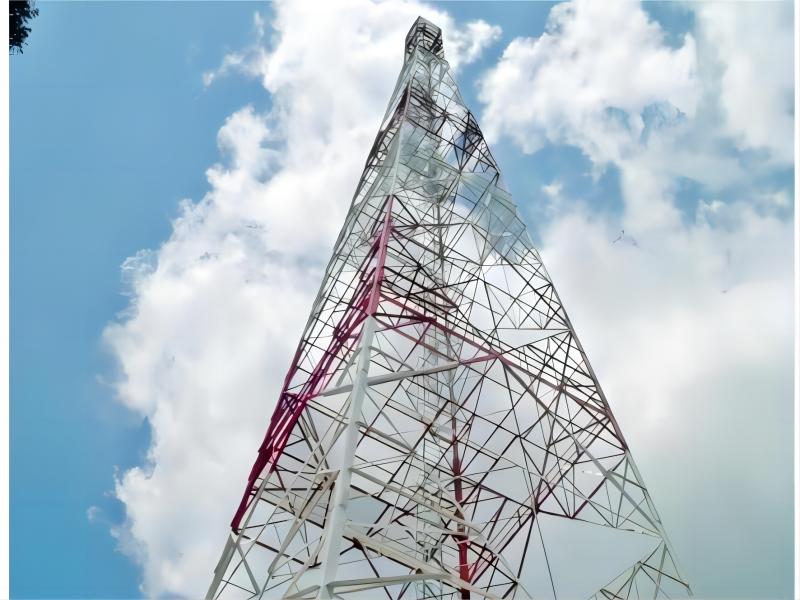
1. Moderate Cost: Lattice towers can vary in cost depending on the design complexity, materials used, and height of the tower.
2. Material Costs: The lattice structure can require more steel and fabrication work, impacting the overall cost.
3. Installation: Installation of lattice towers can be more complex and labor-intensive, potentially increasing installation costs.
4. Maintenance: Lattice towers may have higher maintenance costs due to the intricate design and the need for regular inspections.

1. Higher Cost: Monopole towers are often more expensive compared to angle steel towers due to the specialized design and manufacturing process.
2. Material Costs: Monopoles are typically made of tubular steel, which can be more expensive than angle steel sections.
3. Installation: Installation of monopole towers can be more straightforward compared to lattice towers but may require specialized equipment, affecting costs.
4. Aesthetics: Monopole towers are often chosen for their sleek and less obtrusive design, which can impact the cost compared to traditional lattice or guyed towers.
1. Cost-Effective: Guyed towers are generally cost-effective, especially for tall structures that require height without the expense of a full lattice tower.
2. Material Costs: Guyed towers require less material compared to self-supporting towers, which can lead to cost savings.
3. Installation: Installation of guyed towers can be more complex due to the multiple guy wires and anchors, potentially impacting installation costs.
4. Maintenance: Guyed towers may require more frequent maintenance due to the guy wires and anchors, which can affect long-term costs.

In summary, angle steel towers are often considered cost-effective compared to other tower types such as lattice towers, monopoles, and guyed towers due to their simpler design, material efficiency, ease of installation, and lower maintenance requirements. However, the actual cost comparison can vary depending on specific project requirements and local factors. It is recommended to obtain quotes and conduct a detailed cost analysis based on the unique needs of the telecommunications project.
Learn more at www.alttower.com

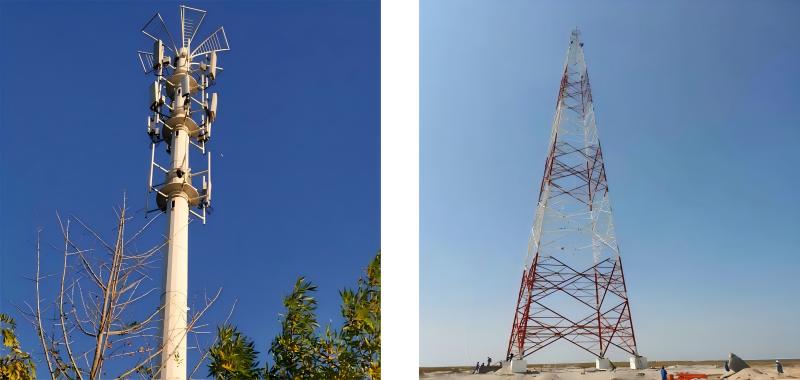


Learn more at www.alttower.com
